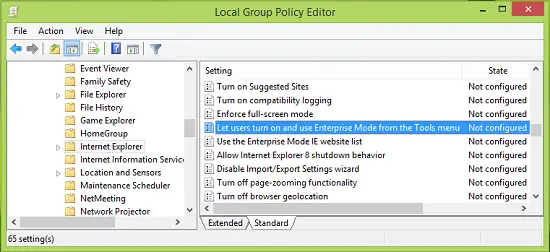

I have tried to look it all up over google and read through fixes and found out that translating the 505 Internal Server Error translates to Local Security Authority Cannot be contacted when I turned off the Friendly Error Messages in IE6/7. Although in my case I get the 505 Internal Server Error when trying to get into my INTRANET. The problem that I am experiencing is similar to what all the users here are having. More information can be found in MSDN: ClearAuthenticationCache and execCommand Note, that this will clear the credentials cache for the entire iexplore.exe process, so users will be forced to re-authenticate to any site being accessed by that process (in case they have multiple windows open pointing to multiple websites): // Clear current credentialsĭocument.execCommand(ClearAuthenticationCache, false) Beginning with IE6 SP1 the following piece of javascript code will clear IE's credentials cache. Now, we have a new way of clearing the IE authentication cache. With the exception of the first option (setting the Response.Status), the methods are mostly ugly hacks IMHO.

Use the client-side ActiveX control described in KB 195192.Since fakeuser/wrongpassword isn't a valid Windows account, the user will be prompted to enter valid credentials Redirect a user to (this doesn't work with patched IE6 anymore).Programmatically send a 401 HTTP status to the client (e.g.In the past I would have recommended one of three strategies: This might address a situation where a user has accidently left their machine unlocked and their browser window open, or where an application based session has expired, and the programmer wants to simultaneously force the user to reauthenticate. This behaviour is described (about 1/3 of the way down, under Notes) in KB 264921.Ī common request I see is how a programmer force a user to reauthenticate after a certain period, particularly after a period of inactivity. Basic, NTLM, Digest, Kerberos), Internet Explorer (IE) will continue sending the same credentials for each subsequent request to the server until one of two things happens: either (a) the user closes their browser or (b) the server refuses the credentials with a 401 status code. When using HTTP based authentication (e.g.


 0 kommentar(er)
0 kommentar(er)
